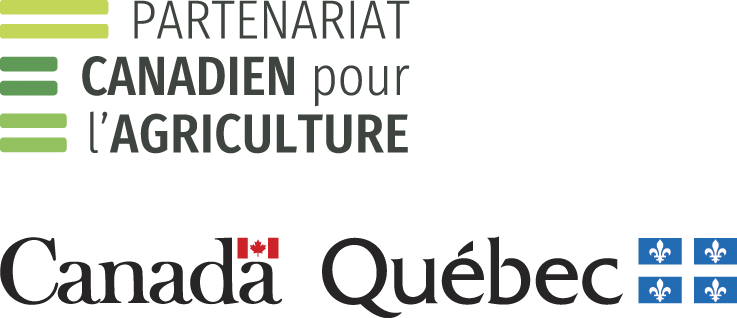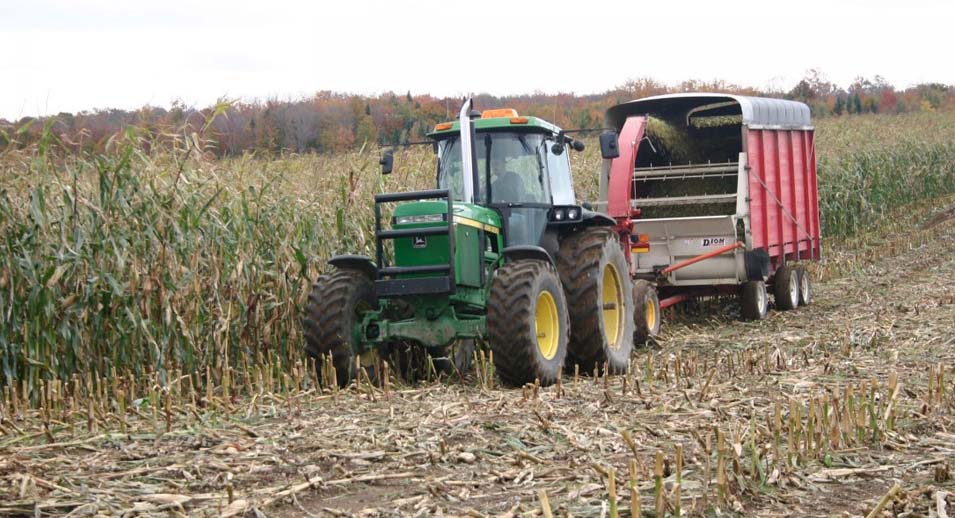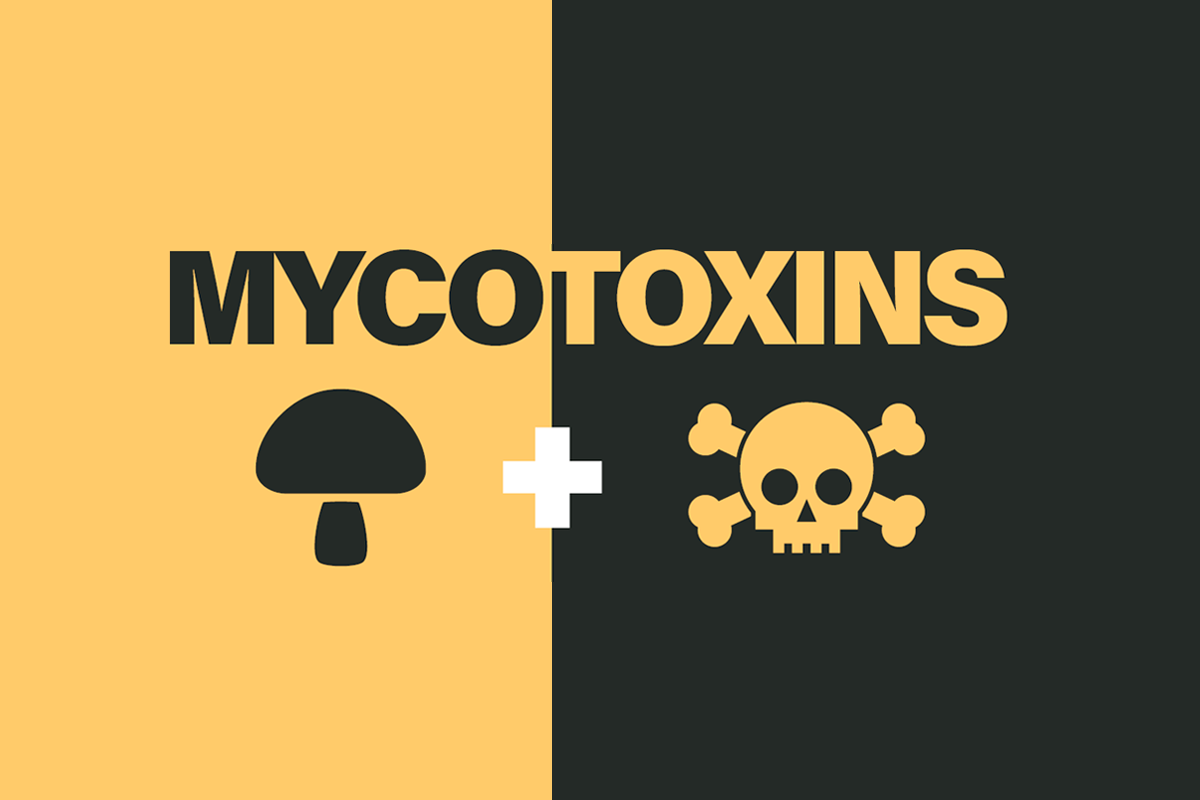Use of feed additives
They are commonly referred to as “anti-mycotoxin” products, but from a regulatory standpoint, this claim is not allowed in Canada. Instead, they are referred to as fillers or mycotoxin detoxification agents.
Most of the commercial products available have only been validated in a limited number of in vitro (in a laboratory setting) studies and only for a limited number of mycotoxins. In addition, few in vivo (animal scale) studies have been conducted in ruminants, in comparison with monogastric species.
To date, it has not been possible to make evidence-based recommendations about the efficacy of products against different mycotoxins.
What are these products used for?
Administered as feed additives in the ration, the mode of action varies from one product to another. In all cases, the goal is to limit the exposure of the animal to mycotoxins present in the ingested feed. The aim is to reduce the risk of harmful effects of toxins on the animal.
The products available fall into two broad categories (Table 5):
1) Adsorbing agents
They reduce the gastrointestinal absorption of mycotoxins, allowing them to be captured in the animal’s digestive system and excreted in the feces. The products in this category are the most common and the most studied.
2) Biotransformation products
They alter the chemical composition of mycotoxins to inactivate them or reduce their potential to cause toxic effects in animals.
How to select the right product?
There are a lot of different products on the market and it is not easy to find the right one. The choice of product will depend largely on the mycotoxins present in the herd’s feed. An analysis to characterize the mycotoxins in the feed is therefore necessary beforehand.
Commercial products are often composed of several molecules to broaden their spectrum of effectiveness on a greater number of mycotoxins.
Table 5. Adsorbing agents used in feed to limit the effects of mycotoxins in cattle
| Category | Molecules | Description | Effects on mycotoxins |
| ALUMINOSILICATES | Hydrated sodium calcium aluminosilicate (HSCAS) | Type of clay | AFB Little effect on Fusarium mycotoxins |
| Bentonites (montmorillonites) | Type of natural clay | AFB (excellent adsorption) ZEA and FUM (a few studies) | |
| Zeolite | Type of clay that can be found in its natural and modified form | AFB FUM (modified form) | |
| Organoaluminosilicates (or modified clay) | Synthetic product | ZEA FUM | |
| ORGANIC ADSORBENTS | Yeast cell membranes of the strain Saccharomyces cerevisiae, including the by-products β-D-glucans, mannans, and glucomannans | ZEA FUM DON T-2 | |
| Lactic bacteria | Lactobacillus rhamnosus strain | AFB ZEA | |
| Micronized and biosorbent fibres | Obtained from various cereals (wheat, oats or barley), legumes (alfalfa and pea scales) and fruits (apple and grape dregs) | AFB ZEA FUM DON | |
| Activated charcoal | Comes from the pyrolysis of organic compounds. Adsorbent capacity depends on the original material used to create the charcoal. Can also bind to vitamins and minerals. | DON T-2/HT-2 ZEA FUM |
Given the lack of evidence on the efficacy of various “anti-mycotoxin” products in cattle, their use should not be the first or only solution to manage a mycotoxin problem. In addition, the cost of those products is an argument that should weigh in the balance.
A good analysis of the situation between the producer, the veterinarian and the feed advisor should enable the team to determine the necessity of using these products or not and to come to a sound decision.

This project is funded through the Innov’Action agri-food program under the Canadian Agricultural Partnership, as part of an agreement between the governments of Canada and Quebec.










